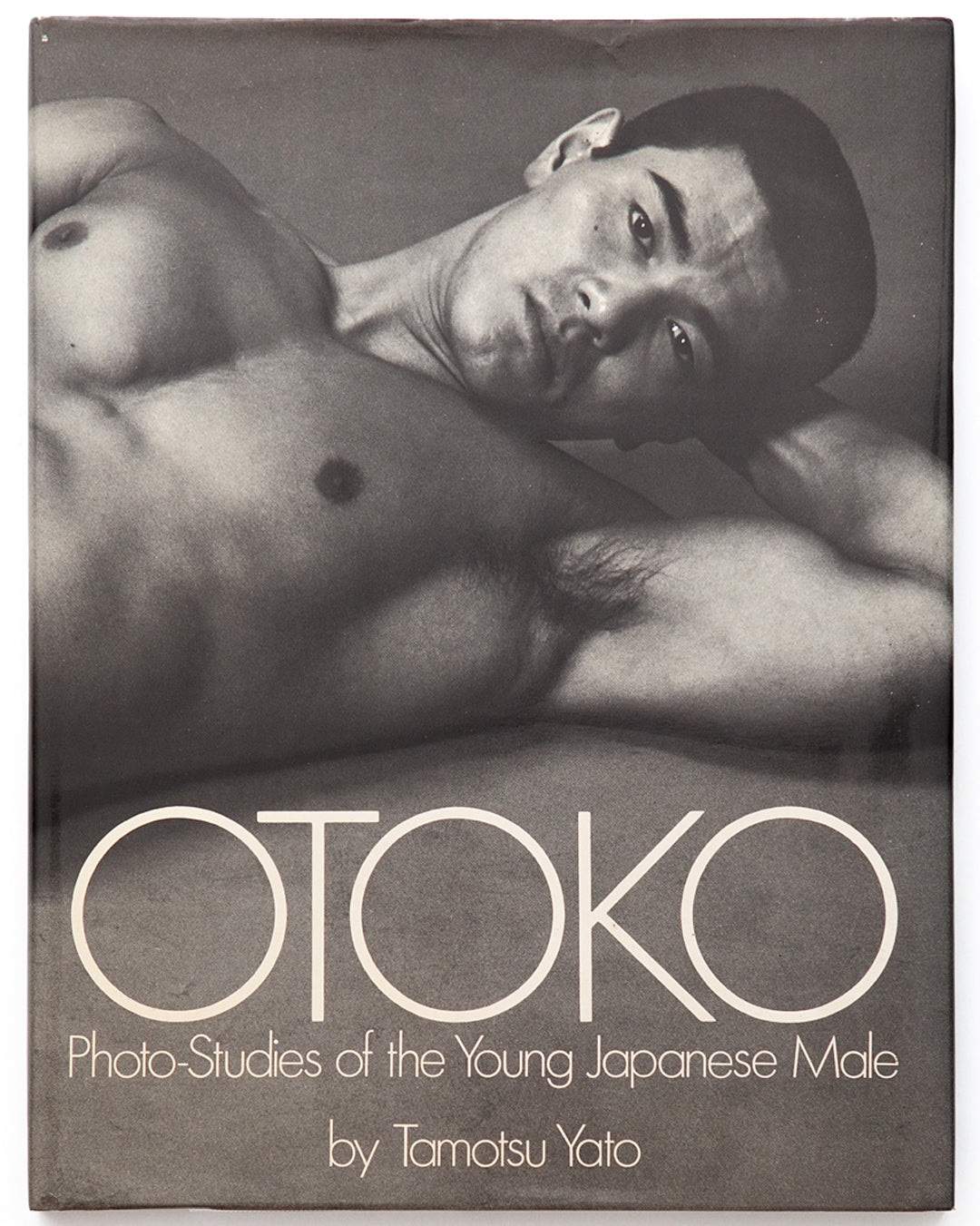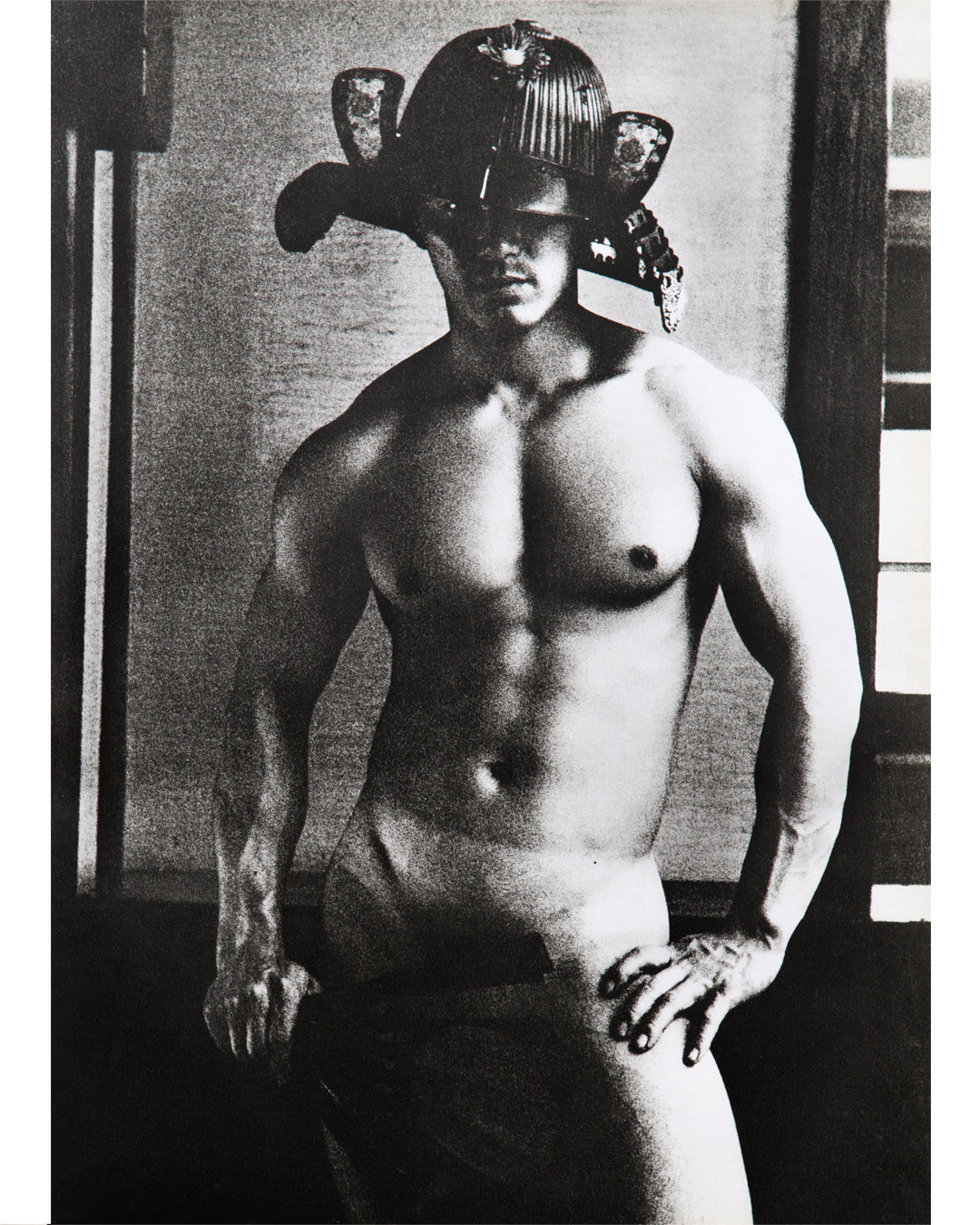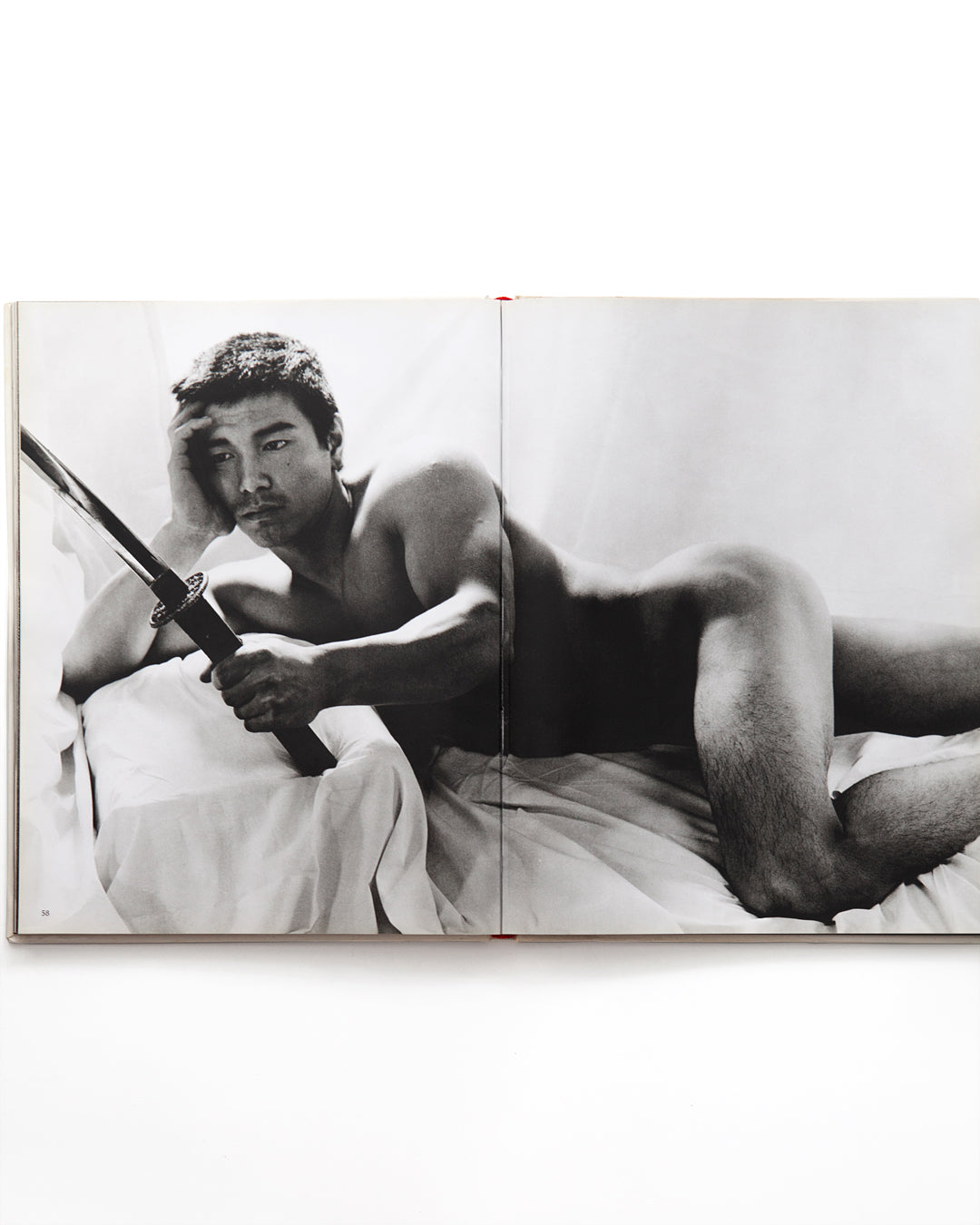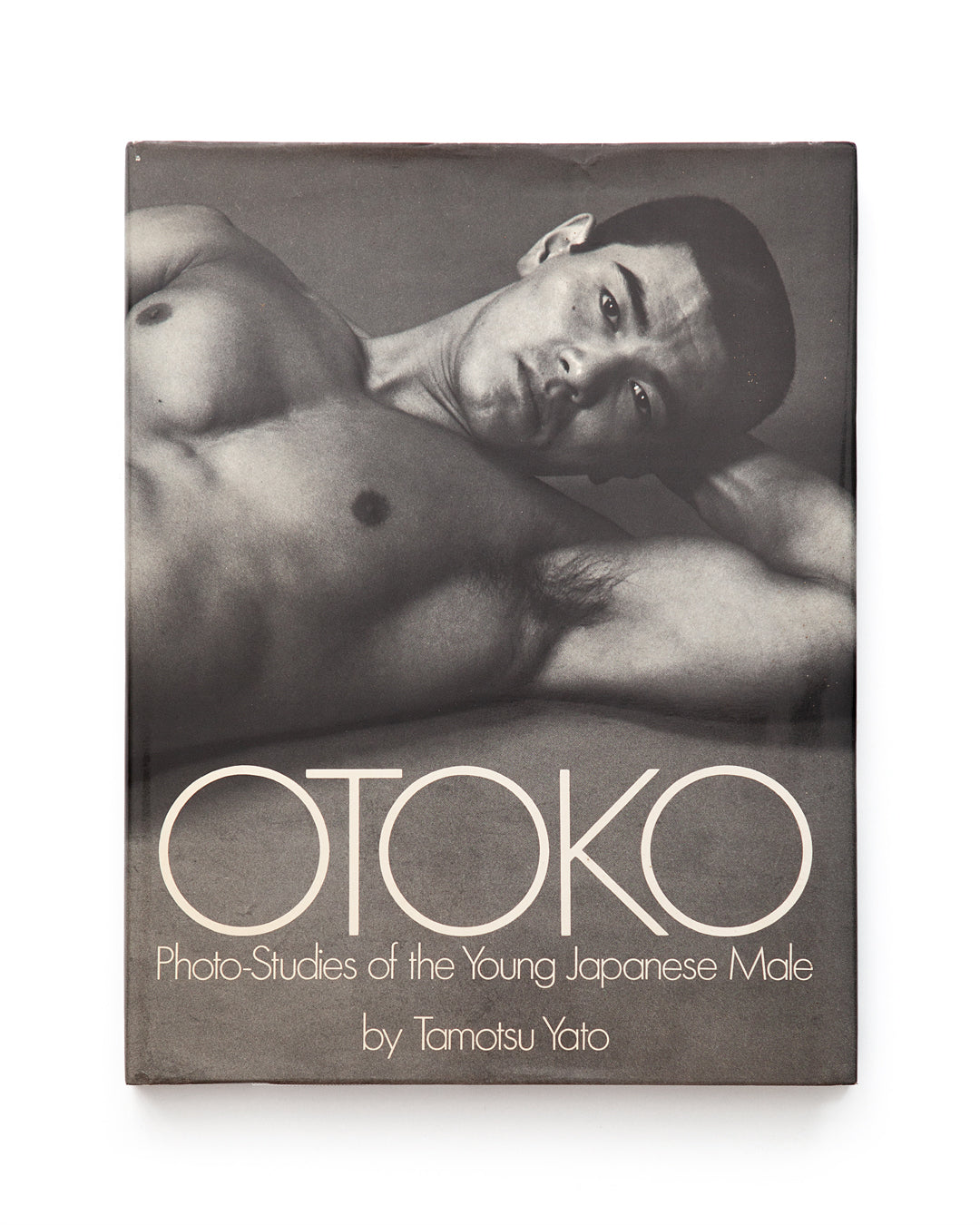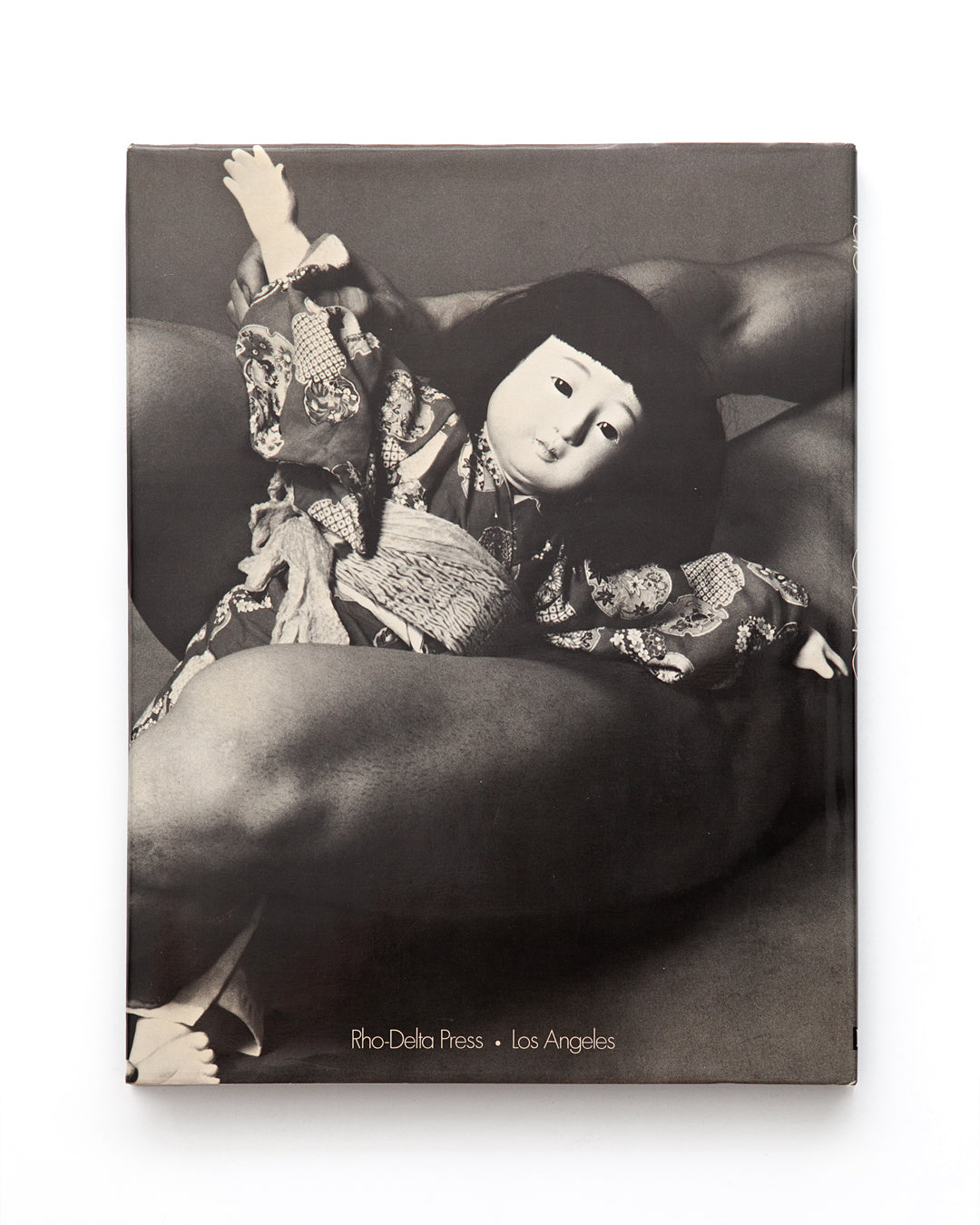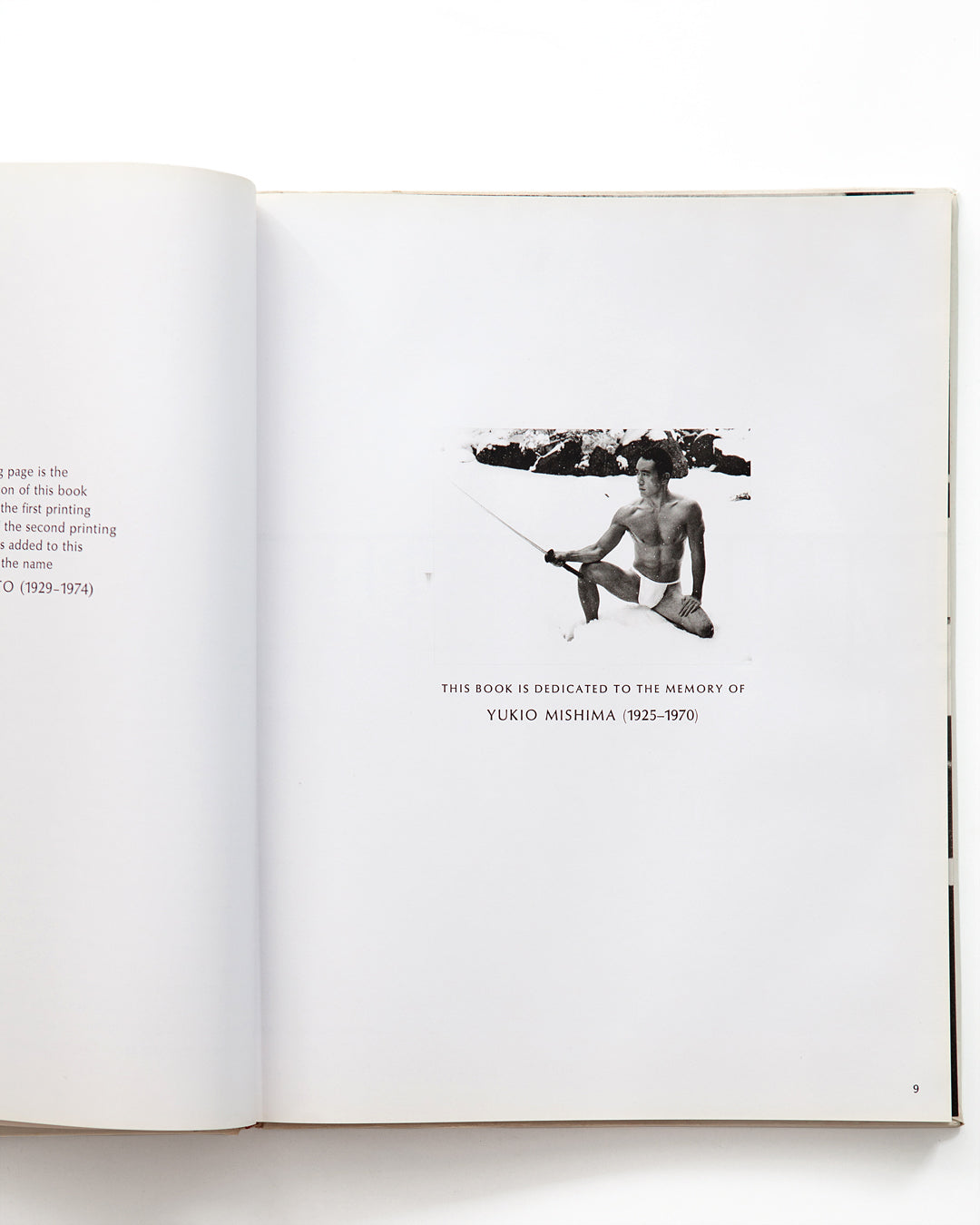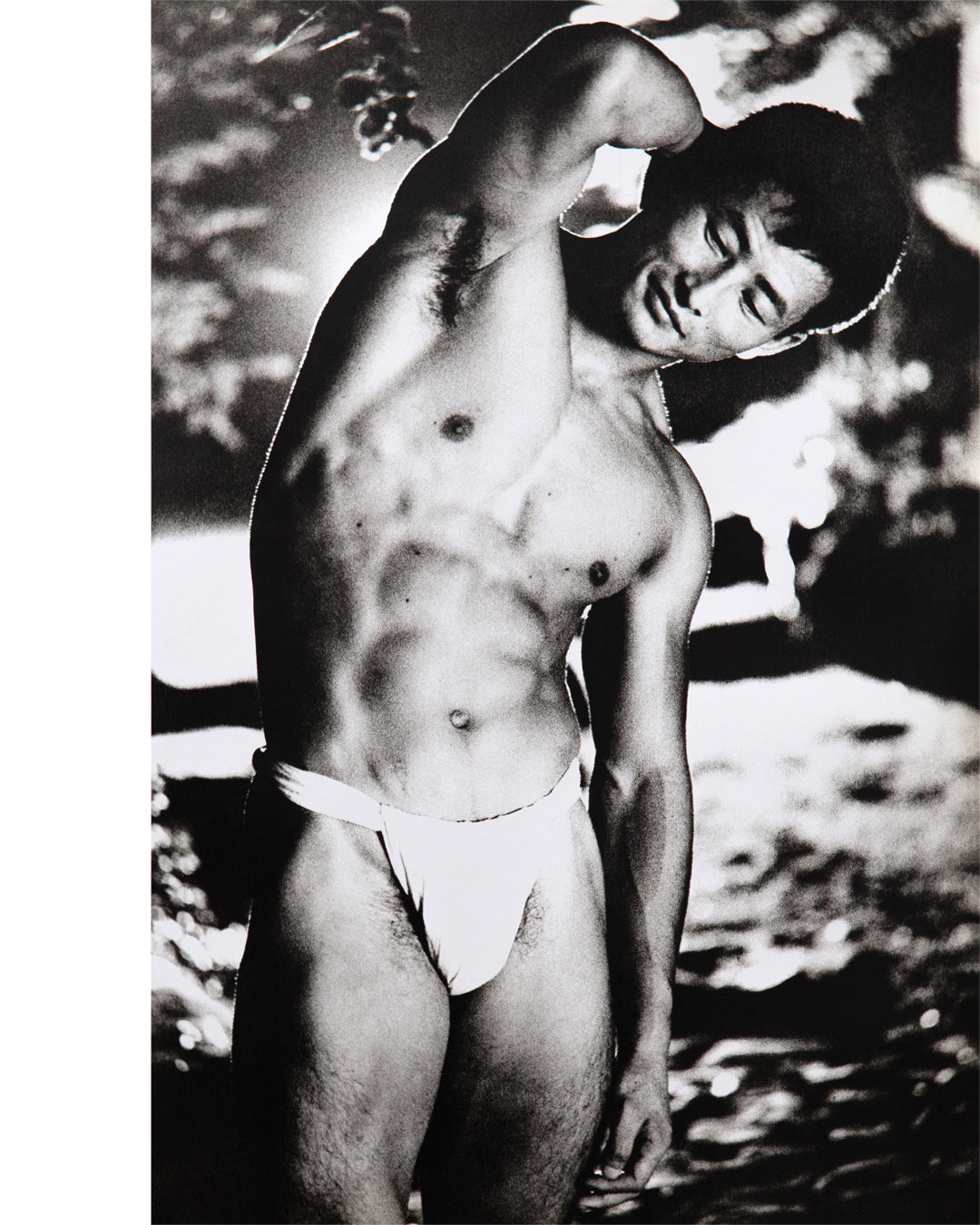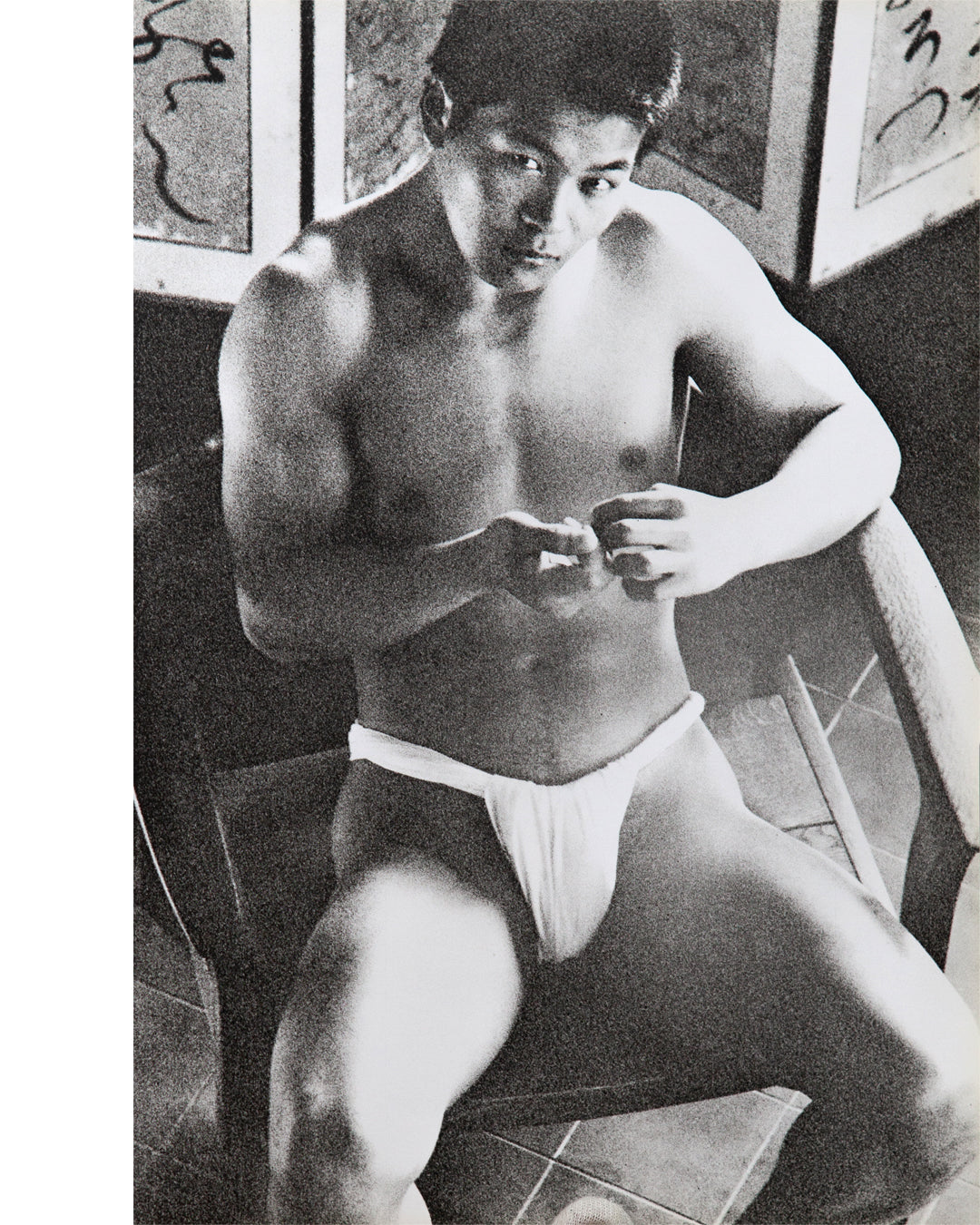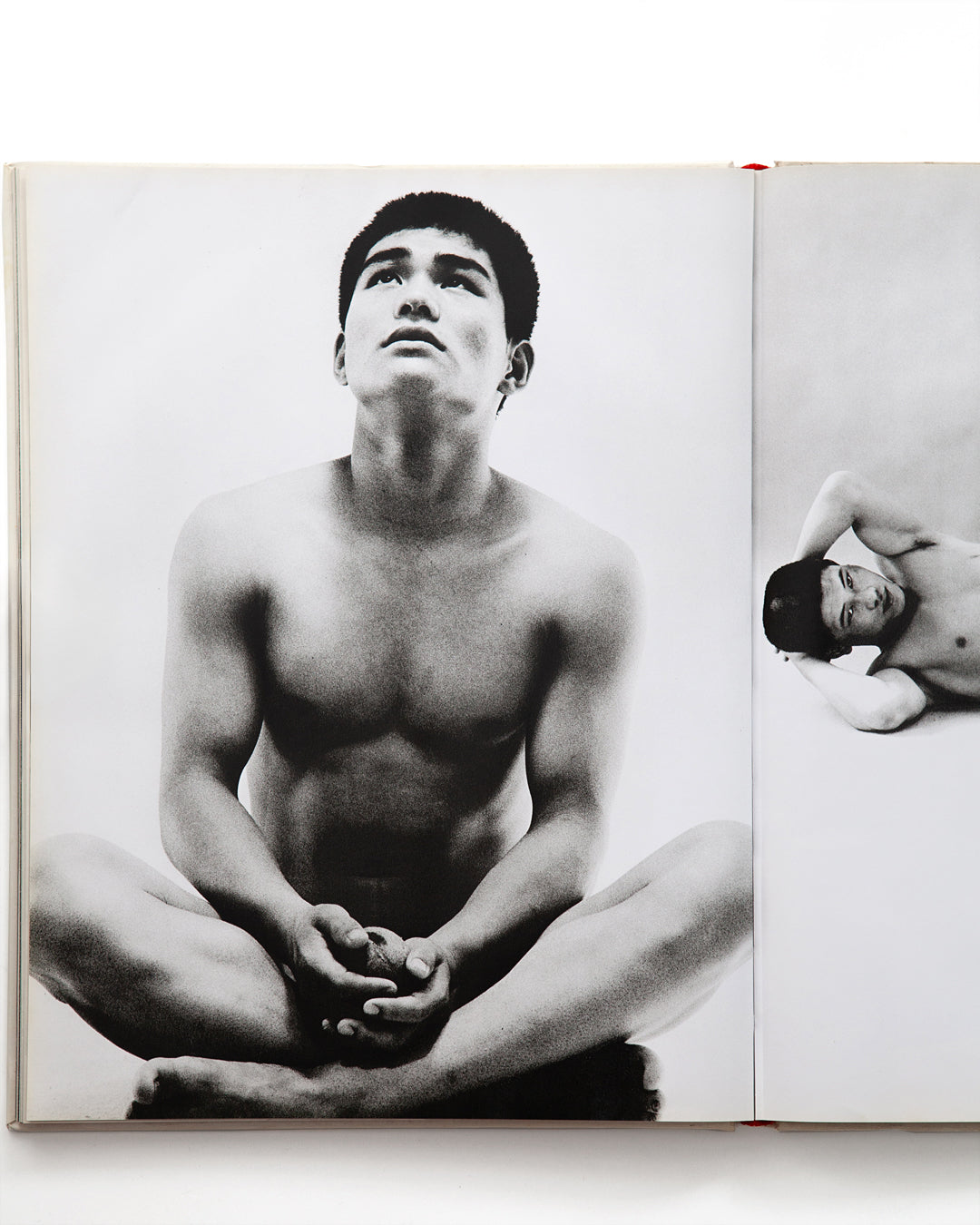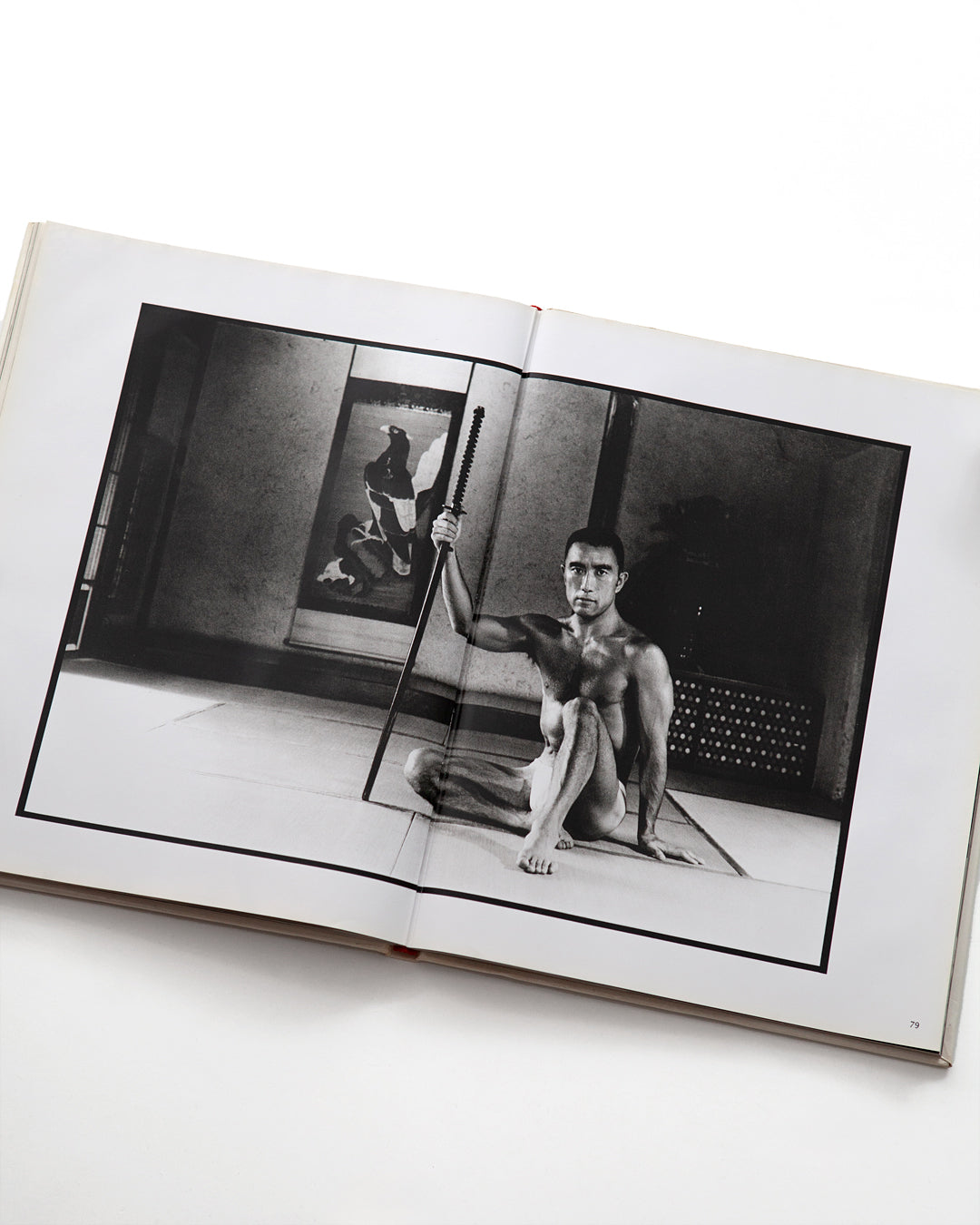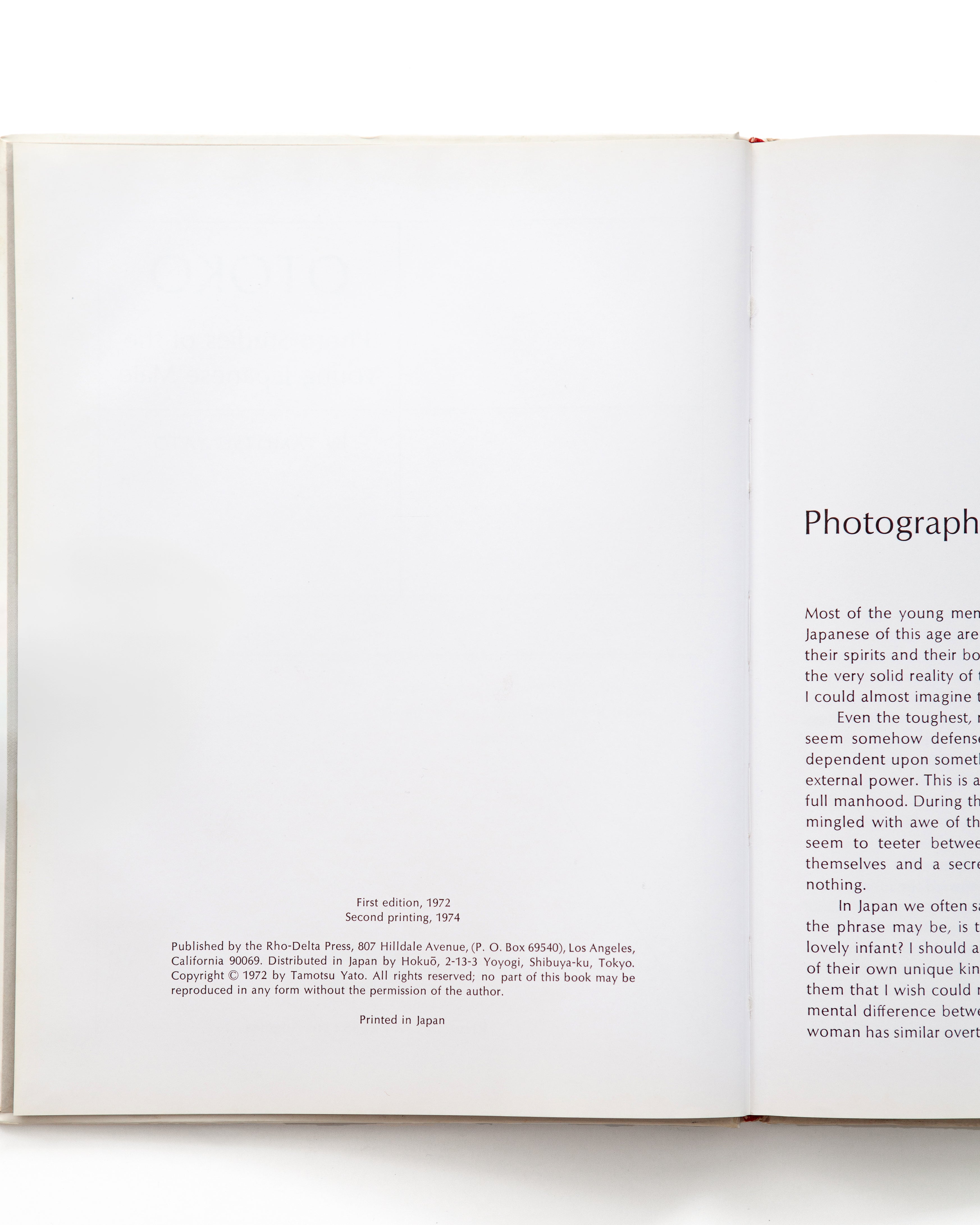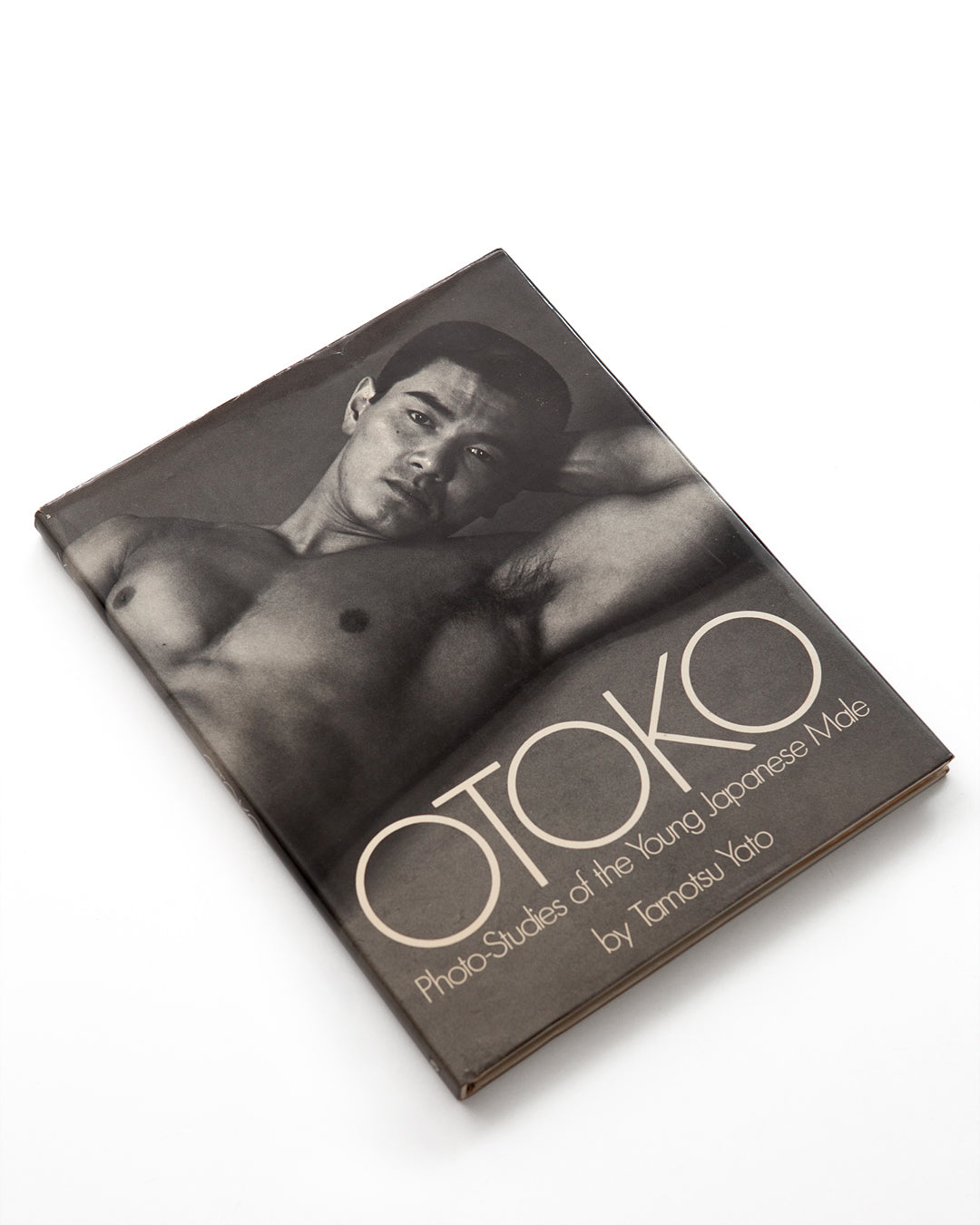The Journey to Becoming a Legendary Photographer
Tamotsu Yato was born in 1925, the same year as Yukio Mishima. However, there is little information about his life before that. Tamotsu Yato, whose real name was Jitsuo Takada, was born in Nishinomiya, Hyogo Prefecture. However, his exact birthdate remains unknown. There is no available information about his birthday, and various sources suggest different birth years ranging from 1924 to 1928. That said, many of his friends who knew him personally testified that he was 48 years old at the time of his death on May 20, 1973. Based on this, the most likely birth year is 1925.
The earliest known record of his career dates back to 1952, when he joined the Takarazuka Revue as a male trainee at the age of 27.
Yato was known for his strong physique and talent in dance, earning him the nickname “The Japanese Tarzan.” This suggests that he had already been involved in bodybuilding or some form of physical training before joining Takarazuka. His later photography centered around the ideal of the "Nippon Danji" (the archetype of the strong, stoic Japanese man), which may have been a reflection of his own personal vision.
In 1956, at the age of 31, Yato moved to Tokyo and took on minor roles in action films produced by Nikkatsu Studios.
After relocating to Tokyo, he met Meredith Weatherby, an American who had translated Mishima’s novels Confessions of a Mask and The Sound of Waves. Weatherby, a former U.S. military intelligence officer, lived in Roppongi and became Yato’s financial supporter. The two lived together, and Weatherby bought him a Nikon camera. Though Yato had no formal training in photography and never apprenticed under a professional, he learned the craft from friends. Given that Weatherby was also involved in publishing art-related books, his influence on Yato was likely significant.
Yato first met Yukio Mishima at one of Weatherby’s frequent gatherings, which were known to attract members of Tokyo’s gay community. The two developed a close friendship, and Yato later photographed Mishima extensively, including the now-famous staged seppuku images. While there was no physical relationship between them, Mishima may have considered Yato a rare confidant with whom he could openly discuss his desires, including his fascination with both homoeroticism and ritualistic suicide.
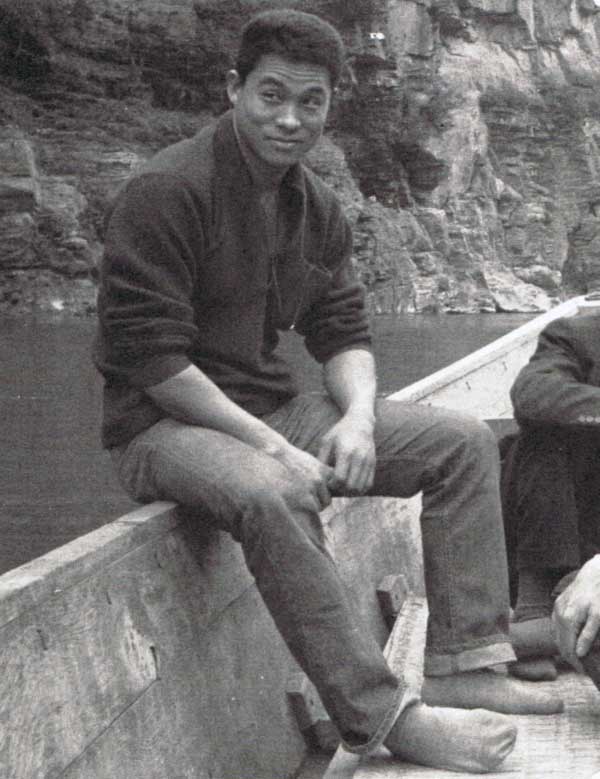
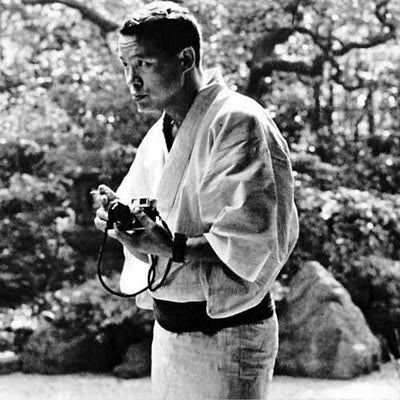
Three Defining Works: Taidō(体道), Hadaka Matsuri(裸祭り), and OTOKO
In 1966, Yato published his first photography book, Taidō (体道): Young Samurai – The Japanese Bodybuilders. On the surface, it appeared to be a serious documentation of bodybuilding culture in Japan. However, Mishima’s involvement in the project is unmistakable. The book features an unexpected image of Mishima himself, dressed in a loincloth and holding a sword, inserted among the bodybuilder portraits. Mishima also wrote the foreword for the English edition. The book was published by Weatherby’s company, making it almost a self-published project.
In 1969, Yato released his second book, Hadaka Matsuri (裸祭り): Naked Festival. This collection captured Japan’s traditional naked festivals, where men clad in loincloths engage in energetic, often chaotic rituals. Unlike Taidō, which presented posed bodybuilders, Hadaka Matsuri embraced the raw energy of its subjects, naturally expressing the masculine beauty of the Japanese male. While not explicitly homoerotic, the book celebrated the aesthetic appeal of the male form. Once again, Mishima contributed a foreword, and Weatherby’s publishing house handled the English edition.
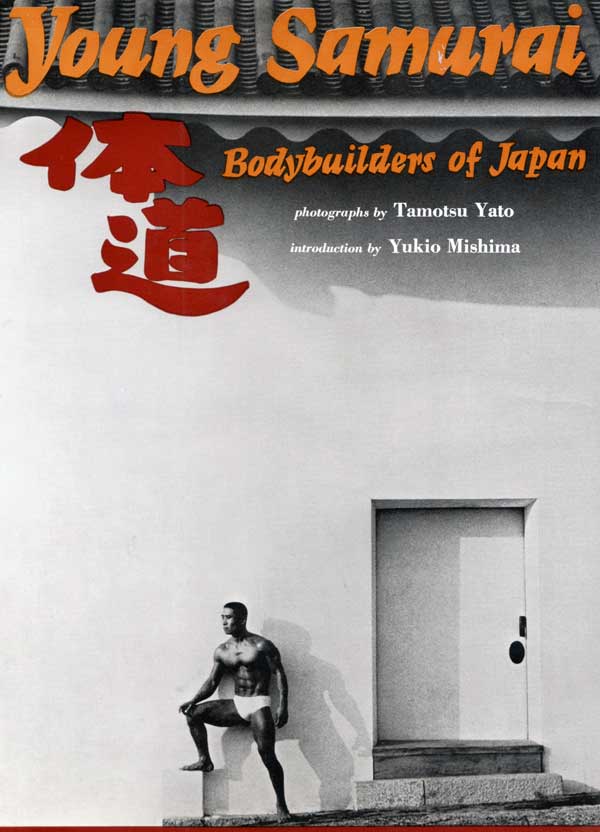
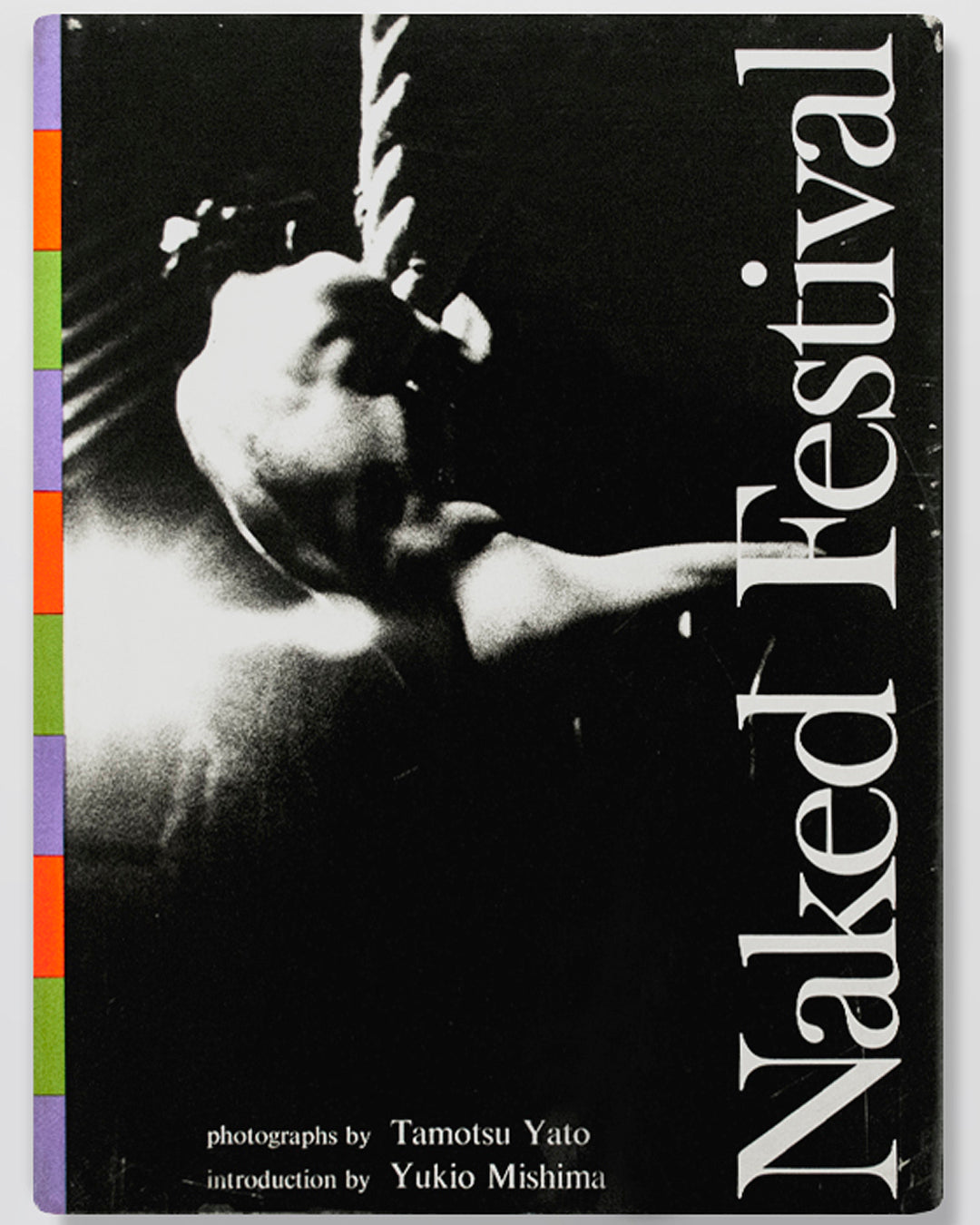
The final book: OTOKO
Following Mishima’s dramatic death in 1970, Yato’s final photography book, OTOKO, was published in 1972 as a tribute to his late friend. This was his most explicitly homoerotic work, featuring nude male subjects. Given Japan’s strict obscenity laws at the time, OTOKO was not distributed through mainstream bookstores. Instead, Weatherby established a new publishing company, Pho-Delta Press, in Los Angeles to print and distribute the book. In Japan, it was sold discreetly in gay shops in Shinjuku.
Although OTOKO was clearly a male nude photography book, Yato avoided overtly provocative or explicit imagery. Instead, the book’s subjects exuded a quiet, melancholic masculinity—an extension of Yato’s vision of the ideal Nippon Danji. Many of the props featured in the book, such as antique Japanese artifacts, belonged to Yato himself, likely acquired with Weatherby’s financial support. However, after parting ways with Weatherby, Yato’s possessions were gradually sold off, and by the time of his death, nothing remained.
After OTOKO, Yato planned a fourth book that would include color photography, but he never completed it. On May 30, 1973, he passed away in his sleep at the age of 48. The night before his death, he had been drinking in Shinjuku Ni-chome, and he had plans to attend the Sanja Festival with friends the following day. His sudden passing was attributed to heart failure, possibly exacerbated by an enlarged liver, a condition he had long worried about. The person who discovered his body was reportedly one of the models from OTOKO.
Following his death, a friend disposed of Yato’s remaining negatives and prints at his request. It is said that Yato did not want to leave behind any evidence of his sexuality after his passing—a sentiment that some gay individuals still grapple with today. His family refused to allow any reprints of his work, and the whereabouts of the surviving negatives remain largely unknown. Some are rumored to exist in San Diego and Tokyo, but OTOKO and Yato’s other books are unlikely to be reissued.
Without Mishima’s inspiration and Weatherby’s patronage, Yato’s career—and life—came to an abrupt end.
Although he only published three photography books, their limited print runs and the pre-commercialized state of Japan’s gay market at the time have elevated Yato’s legacy. Ironically, despite his apparent wish to avoid being remembered as a “iconic male nude photographer," his work has taken on legendary status in that very context. His books are not only rare artifacts of queer history but also valuable ethnographic and artistic records that continue to captivate and inspire today.
